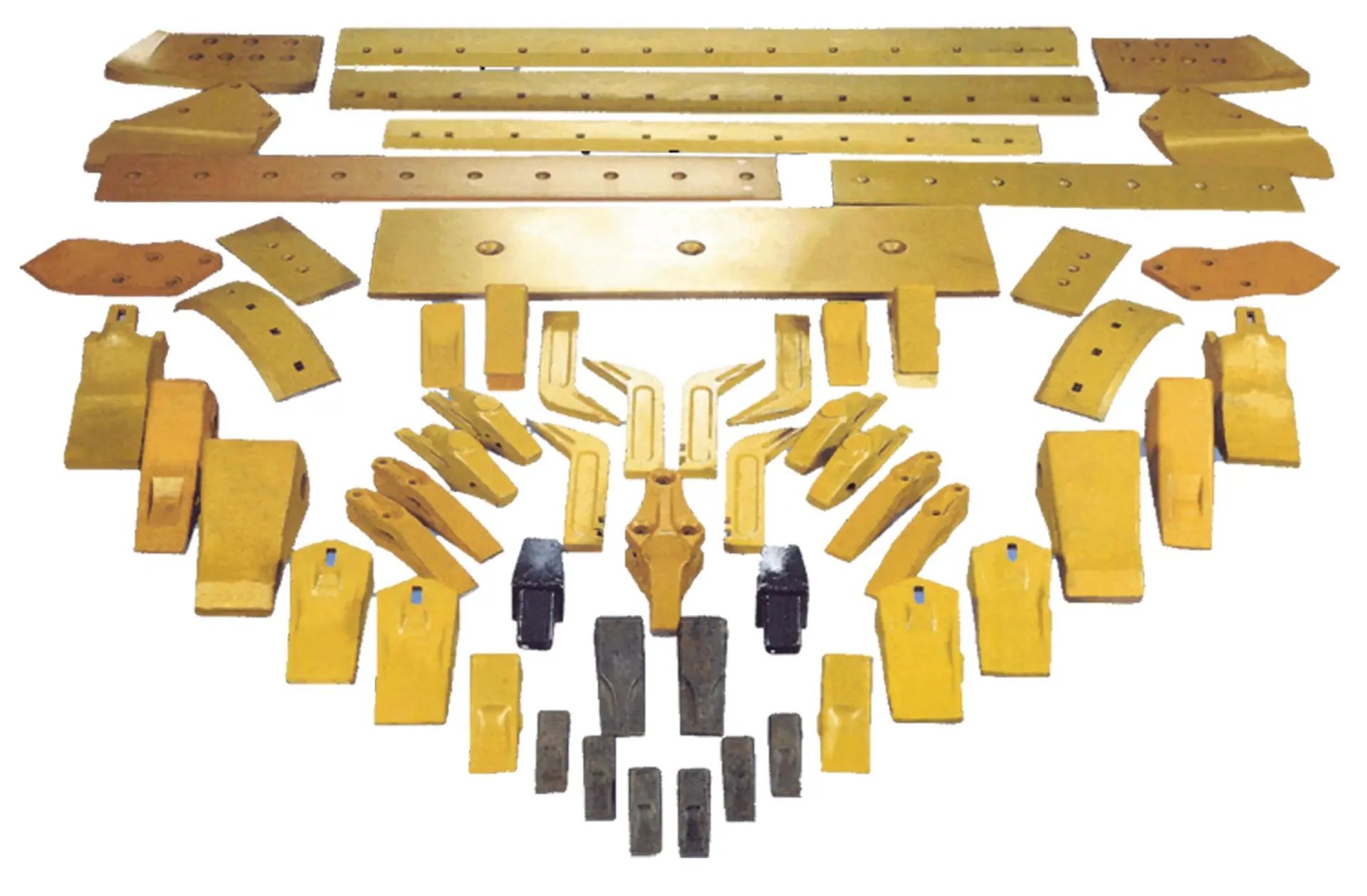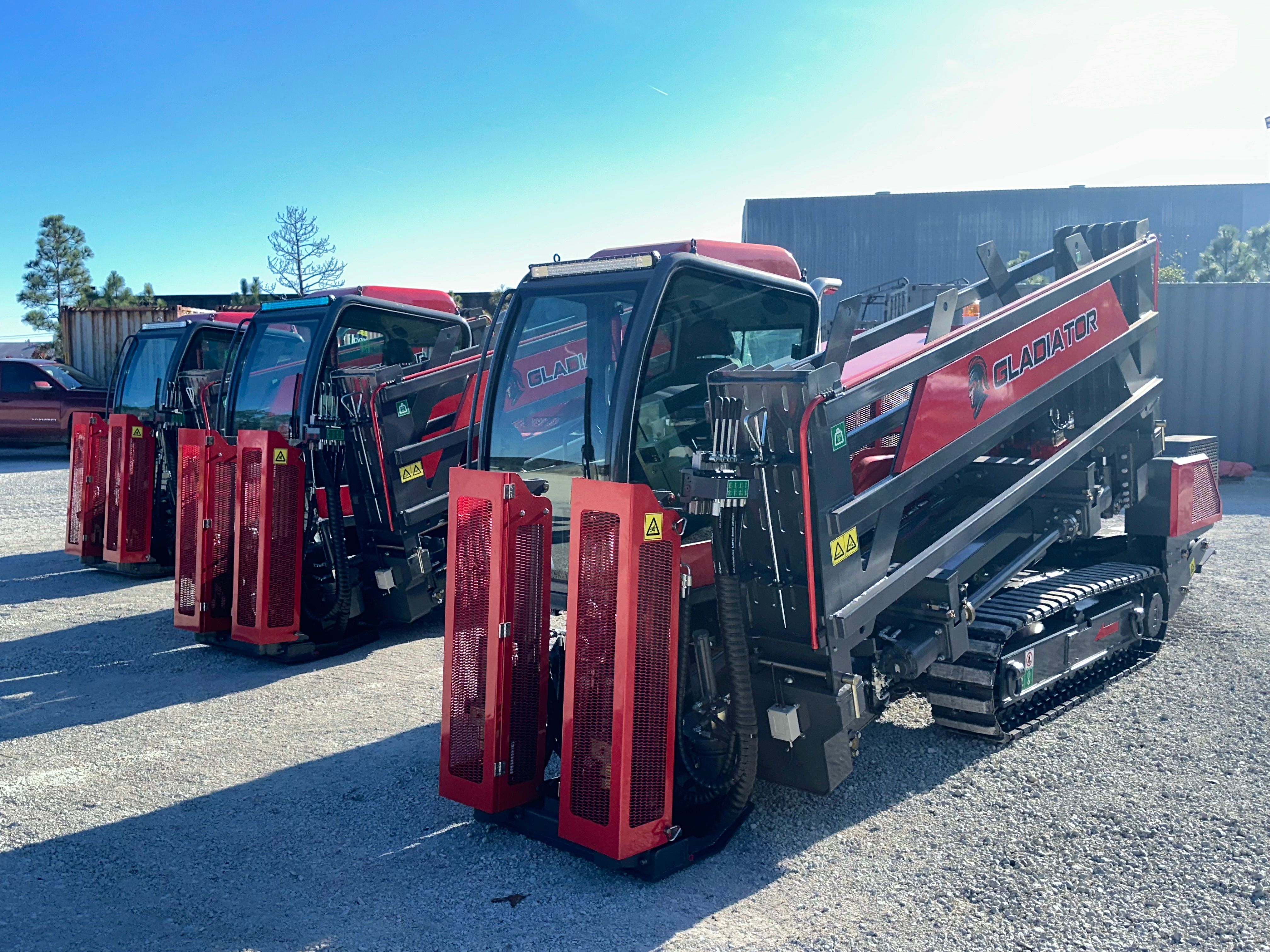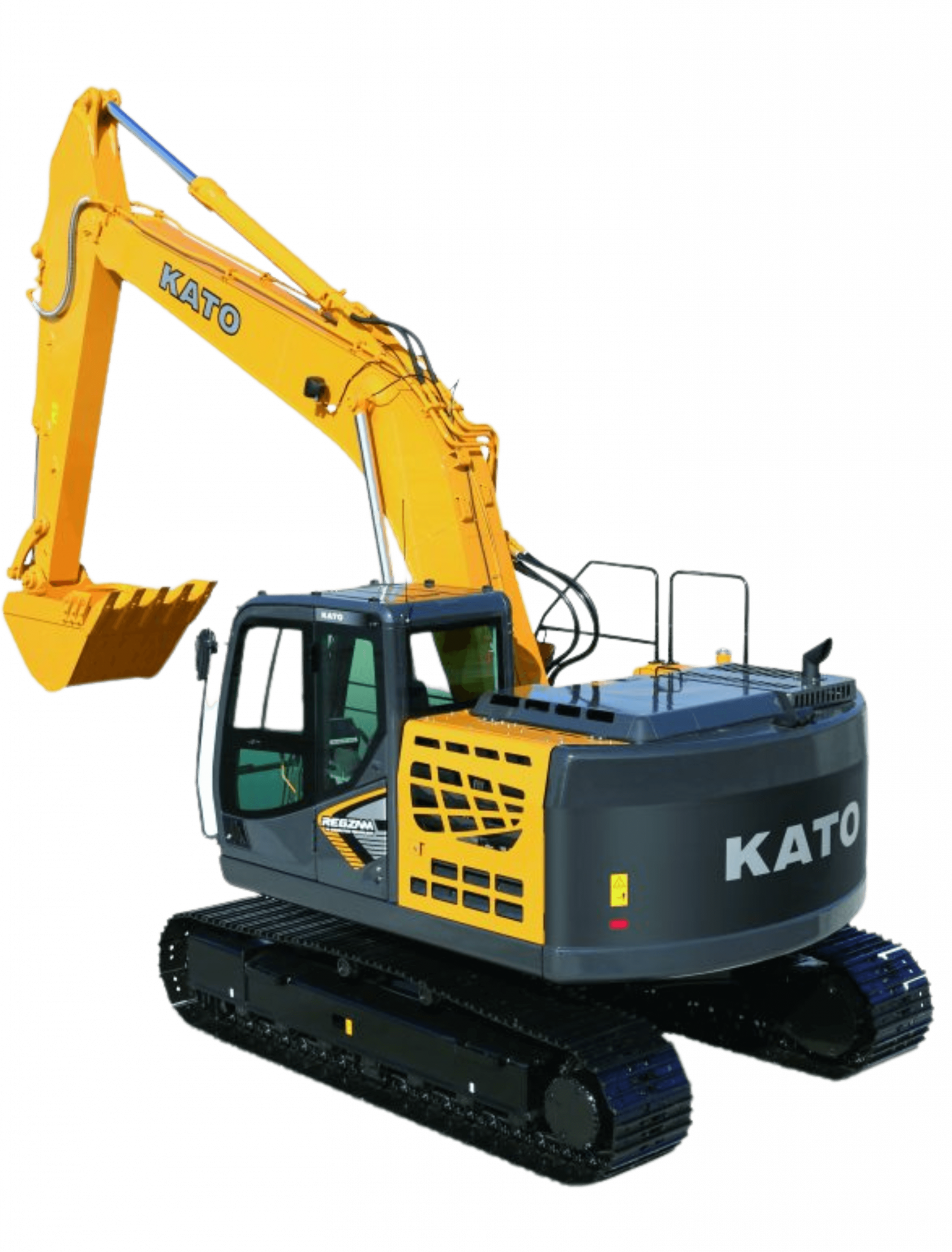Horizontal Directional Drilling (HDD) is a marvel of modern engineering, allowing for the trenchless installation of utilities beneath obstacles like rivers, highways, and sensitive landscapes. But how do operators navigate underground with such pinpoint precision? The answer lies in sophisticated HDD tracking systems.
Attempting an HDD bore without a tracking system is like trying to navigate a ship in a storm without a compass or GPS—it’s blind, inefficient, and incredibly dangerous. These systems are the eyes of the entire operation, providing a constant stream of real-time data on the location, depth, pitch, and orientation of the drill head.
This guide will explore the critical role of these bore path accuracy tools, delve into the two primary types of systems, and discuss the key challenges every operator must manage for a successful drill.
Why Precision Drill Navigation is Non-Negotiable
In HDD, close enough is never good enough. The demand for precision is absolute, and effective drill navigation is essential for three core reasons:
- Safety: The subsurface is crowded with existing infrastructure, including high-pressure gas lines, fiber optic cables, and water mains. An accidental strike can be catastrophic. Tracking systems are the first line of defense in avoiding these critical assets.
- Accuracy: Many projects, especially those for gravity-fed pipelines like sewer and storm drains, have zero tolerance for error. The pipe must be installed at a precise grade to function correctly. A tracking system is the only way to ensure these exacting specifications are met.
- Efficiency: Mistakes are expensive. Having to retract the drill string and re-drill a pilot bore because you deviated from the path wastes time, fuel, materials, and labor. Precision navigation ensures the job is done right the first time.
The Two Main Types of HDD Tracking Systems
While the goal is the same, there are two primary technologies used to track the drill head. The choice between them depends entirely on the specific demands of the project.
1. Walkover Tracking Systems
Walkover systems are the most common type of tracking technology used in the utility installation industry.
- How They Work: A battery-powered transmitter, or "sonde," is housed in the drill head. This sonde emits an electromagnetic signal. On the surface, an operator uses a handheld receiver (the "tracker") to detect this signal. By walking directly over the drill's path, the operator can pinpoint its location and gather crucial data.
- Data Provided: Walkover systems provide depth, pitch (grade), roll angle, and heading (direction) of the sonde.
- Pros:
- Versatility: Ideal for a wide range of short-to-medium-length bores.
- Mobility: Allows the operator to move freely and quickly.
- Cost-Effective: Generally less expensive and requires less setup than wireline systems.
- Cons:
- Requires a clear, accessible path on the surface for the operator.
- Can be highly susceptible to signal interference.
- Loses effectiveness on very deep bores (typically over 50-60 feet).
2. Wireline (or Wire-Line) Systems
For long, deep, or exceptionally precise bores, wireline systems are the gold standard.
- How They Work: Instead of a battery-powered sonde, a wire runs through the inside of the drill string, connecting the transmitter in the drill head directly to the operator's console at the rig. This provides a constant, hard-wired data connection. Often, this is used with a Magnetic Guidance System (MGS), where a wire is laid on the surface along the planned bore path, creating a magnetic field that the system uses as a precise guide.
- Data Provided: Extremely accurate real-time data on position, orientation, and even downhole fluid pressure.
- Pros:
- Unmatched Accuracy: The preferred method for difficult intersection bores and long crossings under rivers or highways.
- Immunity to Interference: Far less susceptible to the signal interference that can plague walkover systems.
- No Surface Obstructions: Because no one needs to walk the path, it’s perfect for drilling under buildings, water bodies, or other impassable obstacles.
- Cons:
- More complex and time-consuming setup.
- Higher initial cost for the equipment.
- Can slow down the drilling process, as a wire must be managed with each rod.
Key Challenges: Signal Interference and Depth Accuracy
Even with the best technology, operators face challenges that require skill and experience to overcome.
- Battling Signal Interference: Electromagnetic signals can be disrupted by many sources, including:
- Active Interference: Radio towers, power lines, and other transmitting devices.
- Passive Interference: Reinforced concrete (rebar), chain-link fences, underground steel tanks, and even saltwater.
- Mitigation: A thorough site survey is crucial to identify potential sources of interference. Modern trackers offer the ability to switch frequencies to find a clearer signal.
- Ensuring Depth Accuracy: Maintaining correct depth is just as important as staying on course. Accuracy can be affected by interference, but also by equipment calibration. It's vital to perform regular calibration checks on your tracking equipment according to the manufacturer's specifications to ensure the readings you see are the readings you can trust.
Conclusion: The Right Tool for the Job
Ultimately, tracking systems are the heart of precision HDD. They provide the critical data needed to navigate the complex underground environment safely and accurately. The choice between a walkover and wireline system isn't about which is better overall, but which is the right tool for the specific project.
Whether you need a versatile walkover system for daily utility work or a high-precision wireline system for a critical crossing, investing in quality equipment is paramount.




